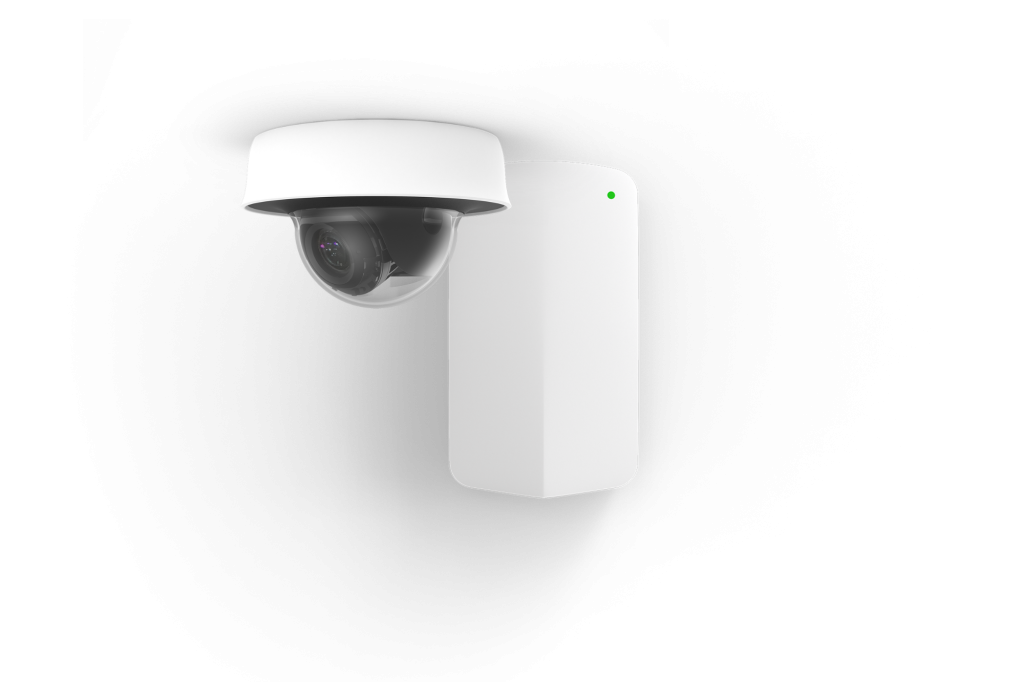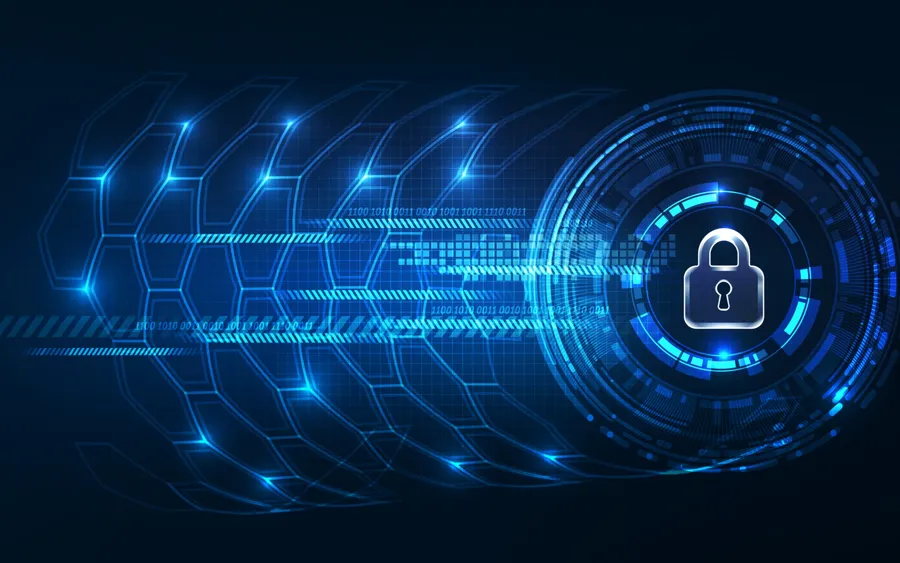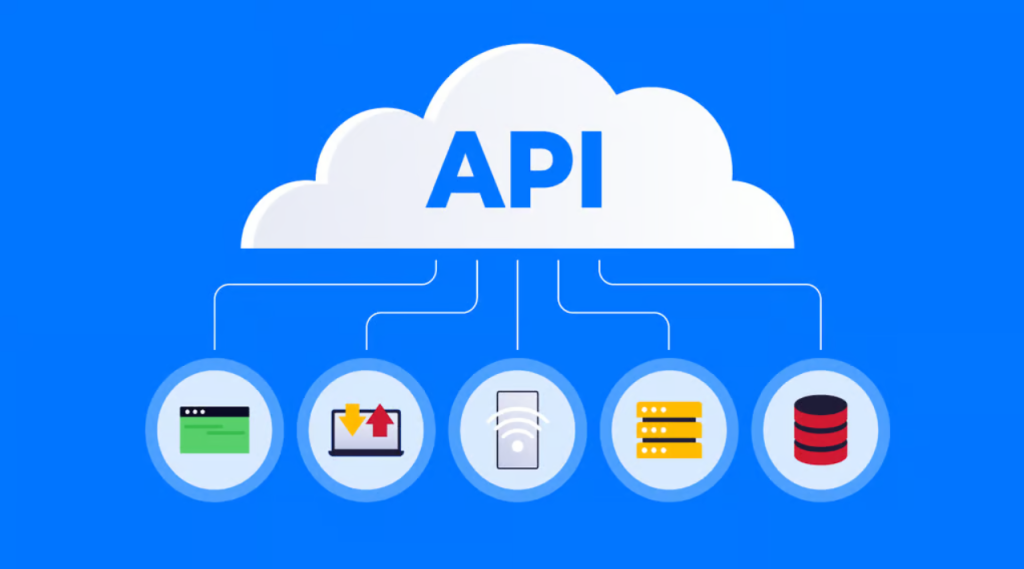
Today’s facilities and IT teams are expected to manage far more than network uptime. From server rooms to retail coolers and classroom air quality, modern environments demand intelligent monitoring to ensure safety, efficiency, and asset protection. Physical security and environmental control have become data-centric challenges, and solving them requires visibility, not guesswork. And the Meraki MT sensor family brings a powerful set of tools.
Built to extend the value of cloud-managed infrastructure, Cisco Meraki sensors provide real-time data on temperature, humidity, motion, door access, air quality, and more. With wireless deployment, encrypted communication, and integration into the Meraki dashboard, these sensors enable organizations to move from reactive to proactive environmental and physical monitoring. This article explores how Meraki sensors are reshaping physical infrastructure, security, and automation strategies across industries.

Meraki sensors are designed to be easy to deploy and operate at scale. Each Meraki sensor communicates wirelessly via Bluetooth Low Energy (BLE) to nearby Meraki MR access points or MV smart cameras acting as gateways. This eliminates the need for wired infrastructure and reduces install time dramatically.
Once powered, sensors automatically appear in the Meraki dashboard, where IT teams can assign names, configure alert thresholds, monitor status, and apply policies across devices. All Cisco Meraki sensors are managed centrally, with role-based access and organization-wide templates that ensure consistency from one deployment to another.
The architecture minimizes dependencies. Because the sensor-to-gateway path is isolated from the primary data plane, it doesn’t expose the core network to added risk. This simplicity, paired with enterprise-grade security, makes Meraki sensors ideal for mixed IT and facilities teams managing hybrid spaces.

Cisco Meraki sensors are protected by a multi-layered security stack. At the hardware level, each sensor is physically hardened: the JTAG debugging interface is permanently disabled, preventing tampering. All firmware is signed and validated before execution, ensuring that only verified updates are applied.
Each sensor includes a Secure Unique Device Identifier (SUDI), which verifies its authenticity during cloud onboarding. Combined with Cisco’s Trust Anchor module (TAm), this guarantees secure boot processes and prevents rogue hardware from joining the network.
On the communication side, Meraki uses encrypted key exchanges and secure BLE transport to transmit data from the sensor to the gateway. This ensures that even if devices are physically accessible, data remains protected. From the field to the cloud, every Meraki sensor is part of a trusted, verifiable system.
Meraki offers a growing lineup of sensors to address the most common physical monitoring needs:
Each Cisco Meraki sensor samples data at frequent intervals and can be configured to send alerts through push notifications, email, SMS, or webhooks when predefined thresholds are exceeded. Combined with centralized dashboard analytics, this makes it easy to spot trends, respond to events, or document compliance metrics across locations.
Meraki’s Sensor Sight feature connects environmental events with video footage for deeper visibility. For example, when an MT20 detects a door opening, the system links to footage from nearby MV cameras, automatically surfacing video of the event in question.
This feature transforms raw sensor data into actionable evidence. Whether confirming after-hours access, investigating theft, or validating deliveries, security teams can review correlated data without manually cross-referencing logs.
Sensor Sight is native to the Meraki dashboard, with zero coding or integration required. It enables IT and security teams to collaborate easily and respond to physical events with precision and context, powered by Cisco Meraki sensors and smart cameras working together.
Meraki sensors help real-world businesses prevent damage, reduce costs, and automate manual processes.
In data centers and server rooms, the MT10 and MT12 provide alerts for rising temperatures, humidity spikes, or leaks before outages occur. These sensors replace manual spot checks and help avoid downtime that can cost thousands per minute.
Retailers use the MT11 to monitor freezers and cold storage. One national franchise automated alerting for fridge temperature variance, reducing spoilage and saving staff hours previously spent on manual logs.
In classrooms and offices, the MT14 tracks air quality in real time. Alerts for CO₂ and PM2.5 help facilities teams take action before discomfort or policy violations arise. In compliance-driven industries, these metrics also support health documentation.
The MT30 smart button provides flexible on-site control. In manufacturing, it’s been used to trigger maintenance alerts. In schools, it can be used for custodial service requests. The value is in simplicity: one press, instant action.
Each Meraki sensor deployment produces measurable outcomes—fewer outages, better reporting, safer environments.

Meraki sensors extend their utility beyond the dashboard through robust APIs, MQTT support, and webhooks. Facilities and IT teams can stream sensor data into building management systems (BMS), operations dashboards, or analytics platforms like Power BI or Tableau.
For example, energy monitoring data from the MT40 can be combined with occupancy data to optimize lighting schedules. Leak alerts from the MT12 can be integrated into ticketing systems like ServiceNow to auto-create maintenance requests.
Meraki’s webhooks and API endpoints enable seamless automation and reporting across multiple platforms. Whether used for smart building operations, predictive maintenance, or compliance auditing, Cisco Meraki sensors offer the flexibility and interoperability enterprise environments require.
Large-scale sensor rollouts are often delayed by cabling and provisioning complexity. Meraki eliminates this. Sensors auto-pair with nearby gateways using BLE and automatically appear in the Meraki dashboard once powered on.
Technicians use the Meraki mobile app to check status, test signal strength, and validate performance in real time, reducing installation time and eliminating guesswork.
Combined with organization-wide configuration templates and centralized alert routing, Meraki sensors can be deployed across 10 or 10,000 locations with the same simplicity. This ease of deployment makes Meraki sensor solutions scalable for multi-site retail, education networks, distributed campuses, and more.
Sensors play a direct role in meeting internal policies and external regulatory requirements. Facilities teams use Meraki sensor data to verify HVAC and refrigeration compliance. In industries like healthcare or food services, these records support audit trails and temperature monitoring mandates.
For sustainability initiatives, air quality metrics from the MT14 and energy data from the MT40 help organizations measure indoor environmental quality and track progress toward ESG goals. These tools assist in achieving certifications like WELL, LEED, and ENERGY STAR.
Cisco Meraki sensors not only monitor the environment, they improve it by enabling smarter, data-driven decisions that reduce waste, optimize resource use, and promote healthier indoor spaces.
You can’t control what you can’t measure. Meraki sensors offer that critical layer of visibility, allowing businesses to track, respond to, and report on environmental and physical conditions in real time. More than alerting tools, these devices are insight engines that integrate seamlessly into IT and facility workflows.
From leak prevention and door access tracking to air quality monitoring and power consumption alerts, Cisco Meraki sensors are a vital part of any smart infrastructure strategy.
Stratus Information Systems helps organizations implement Cisco Meraki sensors with speed and precision. Whether your priority is physical security, environmental insight, or IoT integration, our team delivers scalable, secure, and easy-to-manage solutions that align with your goals.
Contact us to discuss your sensor deployment strategy and get expert guidance on building safer, smarter spaces.

Continue Reading...